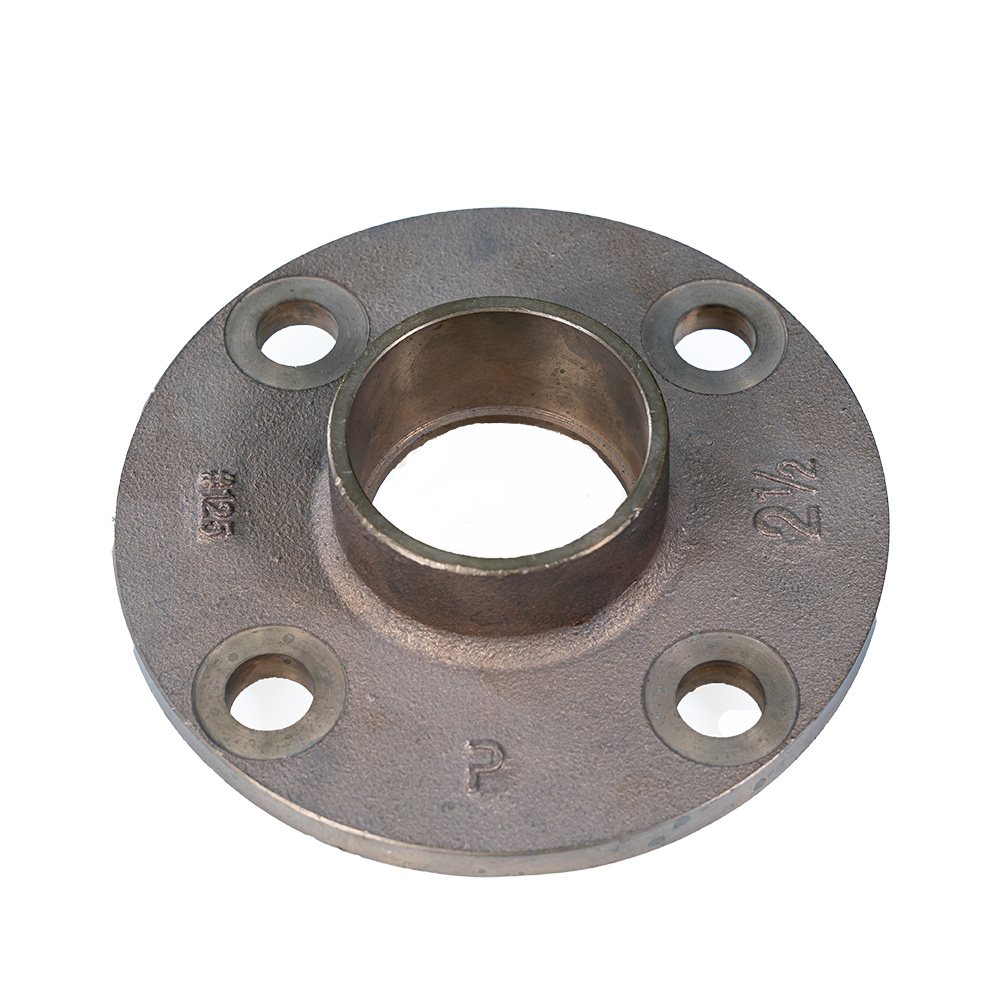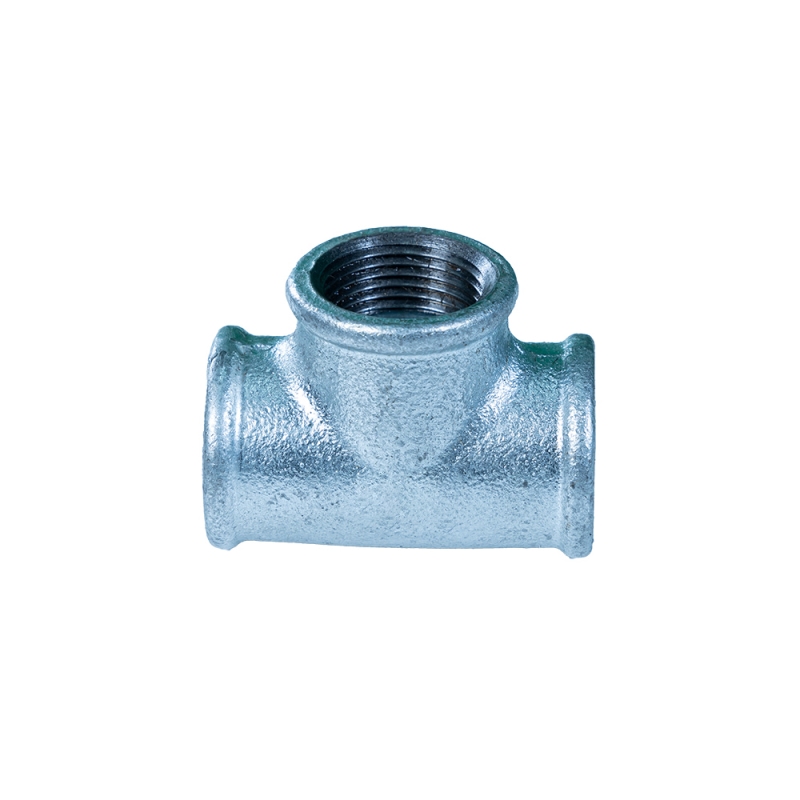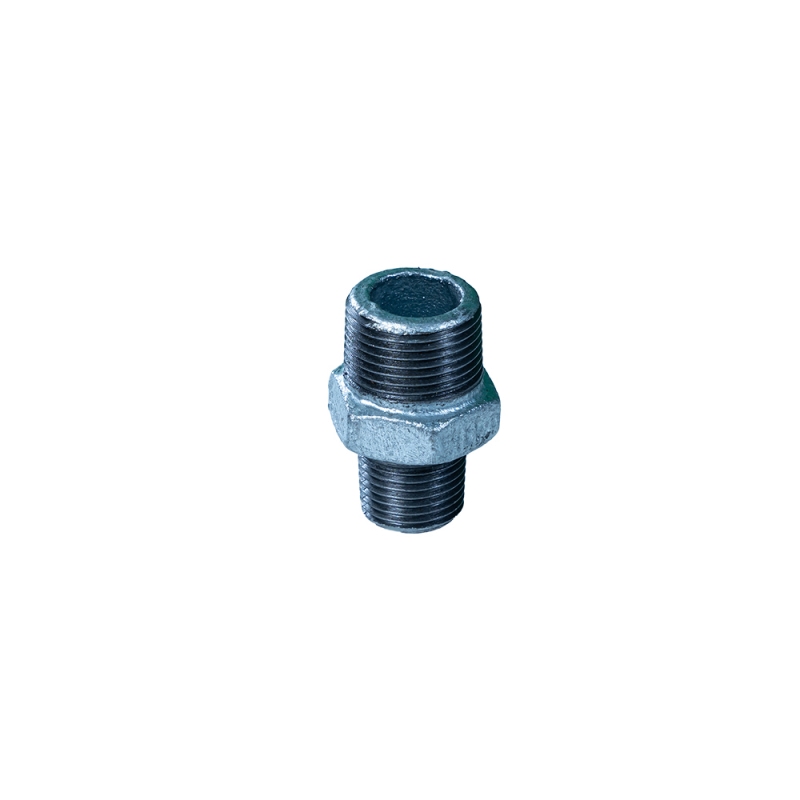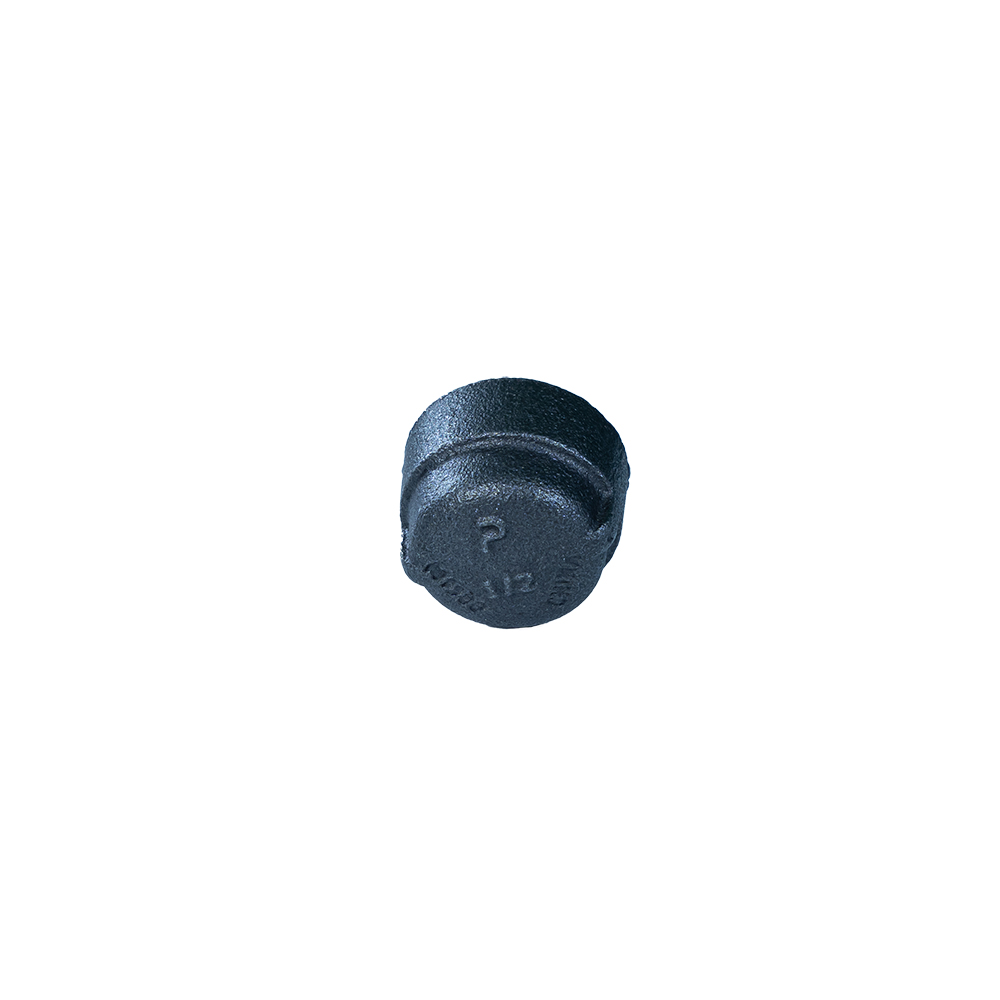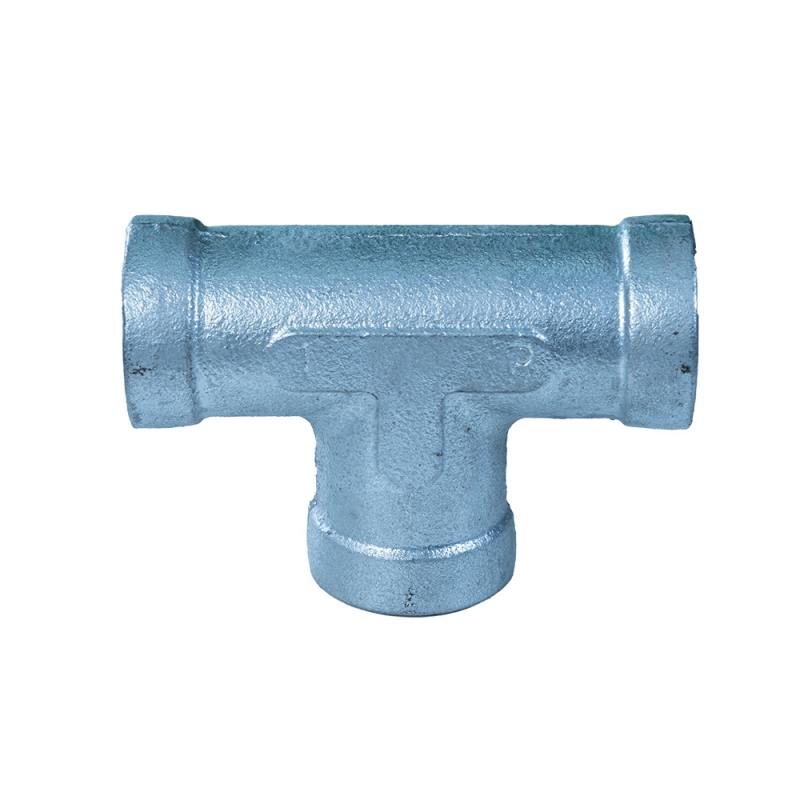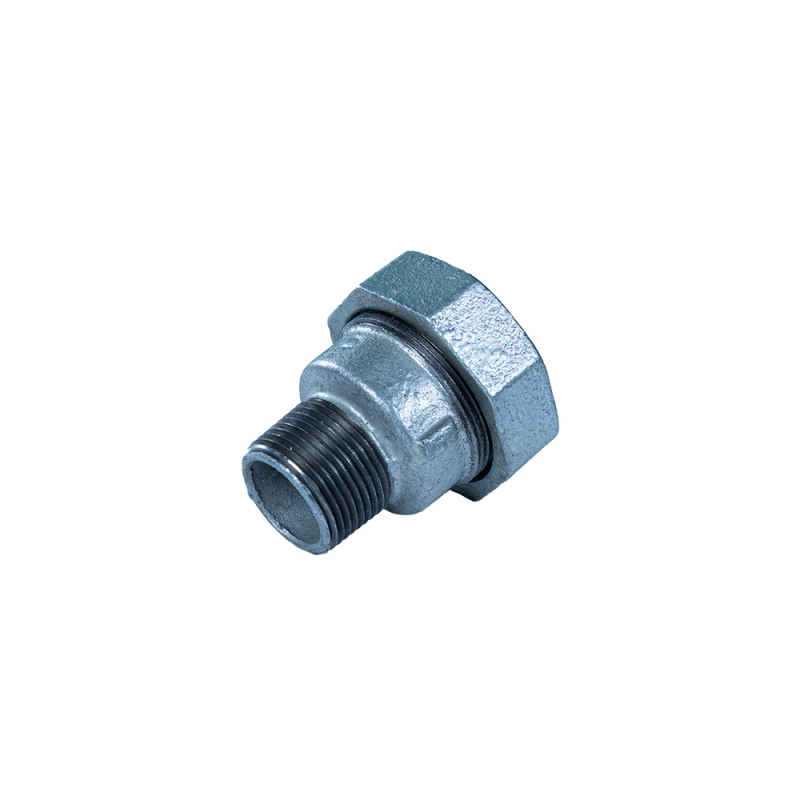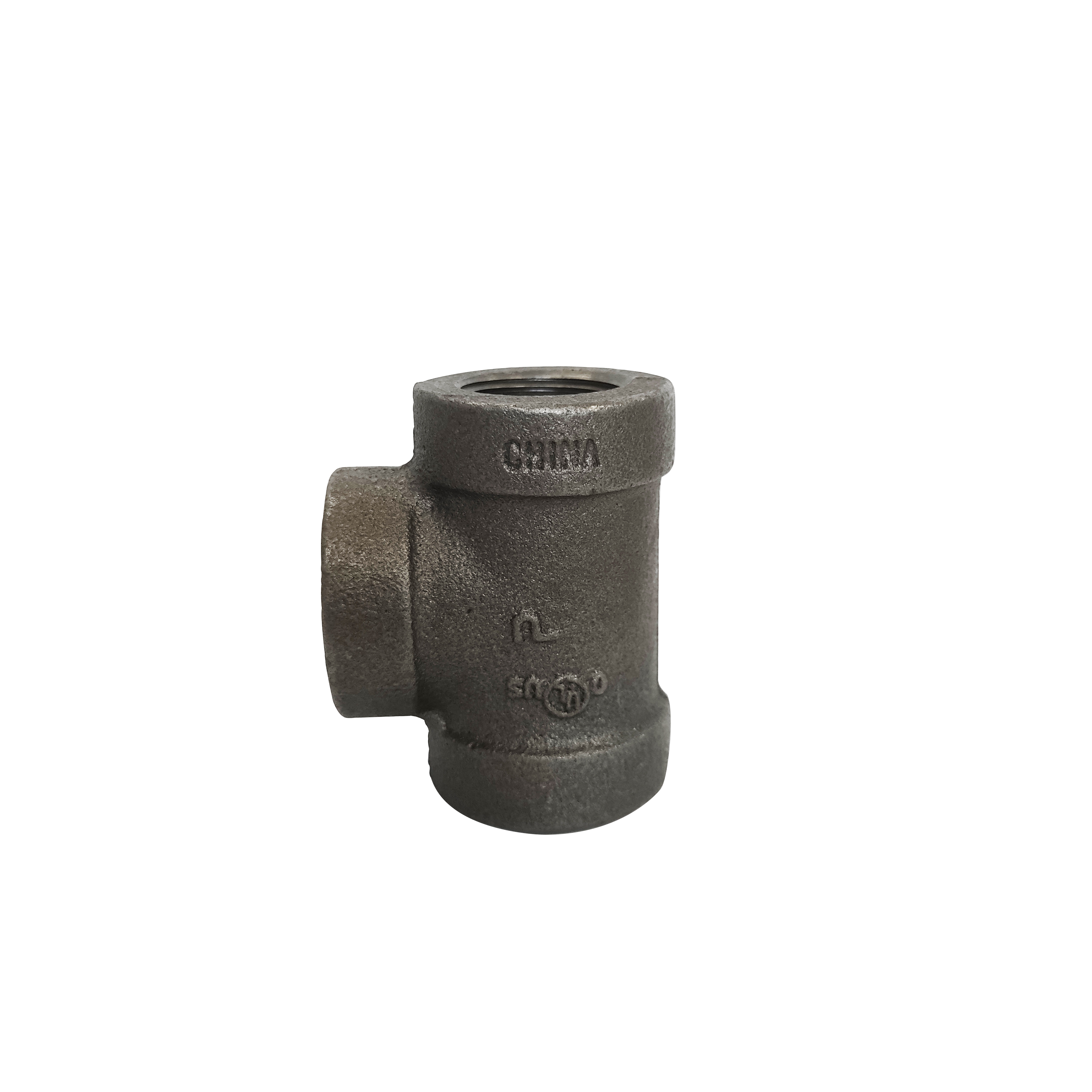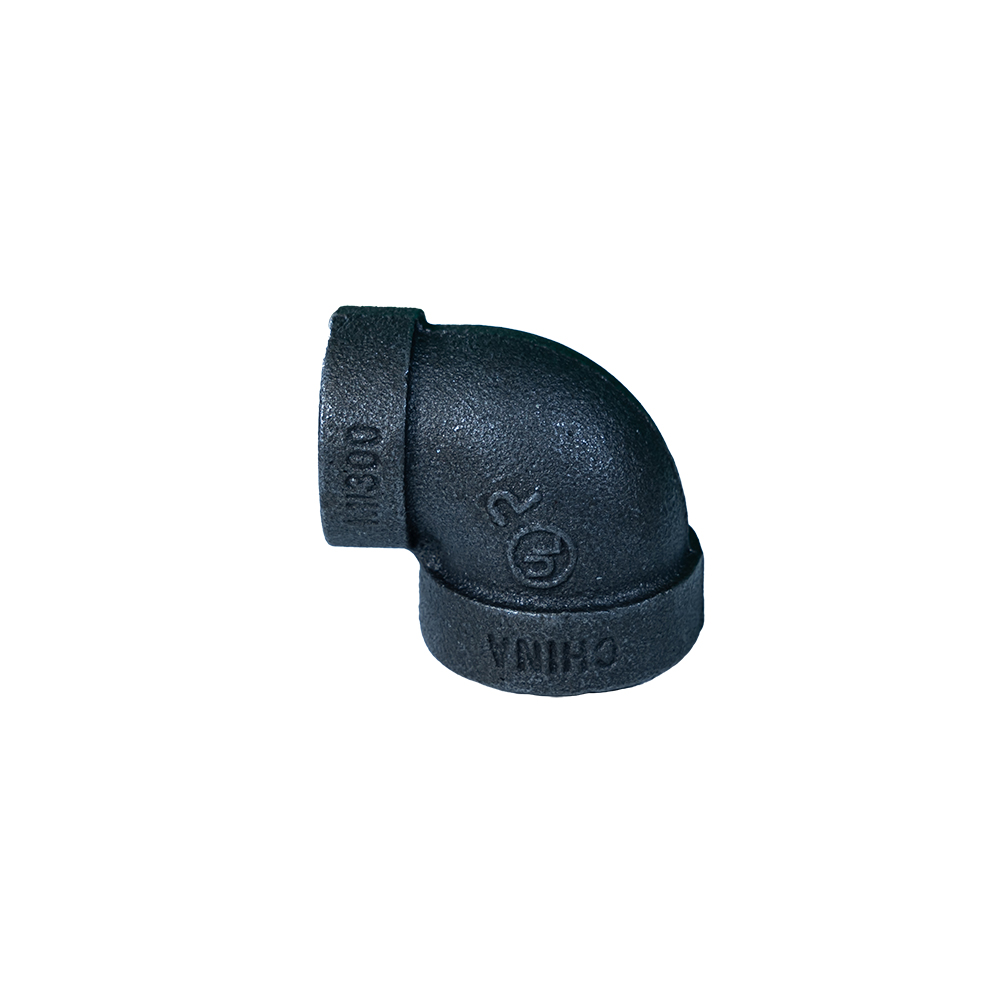Piping systems are the unsung heroes that carry fluids and gases, powering everything from industrial processes to residential plumbing. At the heart of their functionality lie various components, each with a unique role. Let's explore the significance of pipe fitting in the shape of a right angle, pipeline couplings, iron pipes and fittings, galvanised pipe and fittings、 そして 90 degree plumbing elbow in creating reliable and efficient piping networks.
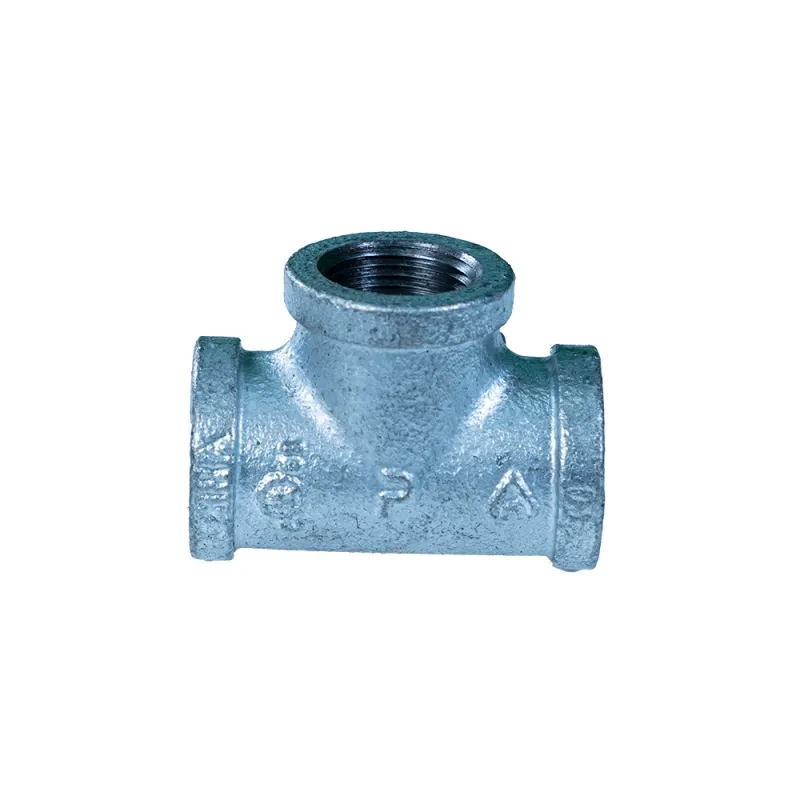
The Precision and Purpose of Right - Angled Pipe Fittings
In the intricate layout of a piping system, there are pipe fitting in the shape of a right angle that play a pivotal role in altering the flow direction. These fittings are engineered to make sharp, 90 - degree turns, allowing pipes to navigate around obstacles such as walls, structural beams, or other fixtures. In commercial buildings, for instance, right - angled pipe fittings are used to direct water supply lines from the main trunk to individual rooms or floors, ensuring a seamless and organized distribution of water. Their precise design minimizes turbulence and pressure loss, maintaining the integrity of the fluid flow. Made from materials like stainless steel, brass, or PVC, these fittings are durable and adaptable to different environmental conditions, making them essential for both indoor and outdoor installations.
Pipeline Couplings: The Connectors That Ensure Integrity
Pipeline couplings serve as the vital connectors that hold piping systems together. These components are designed to join two pipes securely, whether they are of the same or different sizes. In industrial settings, where large - scale pipelines transport chemicals, gases, or liquids under high pressure, pipeline couplings are crucial for maintaining a leak - proof seal. They come in various types, such as compression couplings, which use a nut and ferrule to create a tight connection, and mechanical couplings, which rely on clamps or bolts for a robust joint. In residential plumbing, couplings are used to repair damaged pipes or to connect new fixtures, providing a quick and efficient solution. Their ability to withstand different levels of stress and environmental factors makes them indispensable for the overall functionality and reliability of any piping system.
Iron Pipes and Fittings: Strength and Durability Personified
Iron pipes and fittings have long been revered for their exceptional strength and durability. Iron, with its robust properties, can withstand high pressures and heavy loads, making it ideal for industrial applications such as oil and gas pipelines, where the transportation of substances requires a sturdy infrastructure. In urban water supply systems, iron pipes have been used for decades to carry water over long distances, ensuring a consistent flow to homes and businesses. The fittings, including elbows, tees, and flanges, are designed to complement the pipes, providing secure connections and facilitating changes in direction or branching of the pipelines. Although iron is susceptible to corrosion over time, modern manufacturing techniques, such as coating the iron with protective layers, have extended its lifespan, making iron pipes and fittings a reliable choice for many critical piping applications.
Galvanised Pipe and Fittings: The Corrosion - Resistant Solution
When it comes to combating corrosion and ensuring the longevity of a piping system, galvanised pipe and fittings are the go - to option. Galvanization involves coating steel pipes and fittings with a layer of zinc, which acts as a protective barrier against moisture, oxygen, and other corrosive elements. This makes galvanised pipes and fittings highly suitable for outdoor plumbing, irrigation systems, and environments where exposure to the elements is constant. In a backyard garden, for example, galvanised pipes can be used to distribute water for sprinklers without the worry of rust and degradation. The fittings, from couplings to elbows, also benefit from the galvanized coating, providing a durable and reliable connection that can withstand the test of time. Their affordability and ease of installation further contribute to their popularity in both residential and commercial projects.
The Indispensable 90 Degree Plumbing Elbow
In the realm of plumbing, the 90 degree plumbing elbow is an indispensable component. It is specifically designed to make sharp turns in water supply or drainage lines, allowing pipes to fit neatly into the layout of a building. In a bathroom, for instance, a 90 degree plumbing elbow is used to direct water from the main supply line to the sink, toilet, or shower. These elbows are available in different materials, such as copper, PVC, or cast iron, each with its own advantages. Copper elbows are known for their excellent heat conductivity and durability, making them suitable for hot water systems. PVC elbows, on the other hand, are lightweight, easy to install, and resistant to chemical corrosion, making them a popular choice for drainage applications. The precise 90 - degree angle of these elbows ensures a smooth transition of water flow, minimizing the risk of clogs and leaks, and maintaining the efficiency of the plumbing system.
Piping Components FAQs
How can I extend the lifespan of iron pipes and fittings?
To extend the lifespan of iron pipes and fittings, consider applying a protective coating, such as paint or a specialized anti - corrosion compound. Regular inspection for signs of rust or damage is also crucial. If corrosion is detected early, it can be treated with rust removers and then sealed to prevent further deterioration. Additionally, ensuring proper insulation in areas where temperature fluctuations occur can help reduce the risk of condensation, which can contribute to rusting.
What are the different types of pipeline couplings?
There are several types of pipeline couplings. Compression couplings use a nut and ferrule to compress the pipe and create a seal, making them suitable for quick and easy installations. Mechanical couplings rely on clamps or bolts to hold the pipes together, providing a strong and reliable connection, especially for larger - diameter pipes. Flanged couplings consist of two flanges bolted together with a gasket in between, which is ideal for high - pressure applications where a leak - proof seal is essential. Each type has its own advantages and is chosen based on the specific requirements of the piping system.
Can 90 degree plumbing elbows be used for both water supply and drainage?
Yes, 90 degree plumbing elbows can be used for both water supply and drainage, but the choice of material is important. For water supply lines, materials like copper or PEX are commonly used for their durability and compatibility with potable water. For drainage, PVC or cast iron elbows are preferred due to their resistance to corrosion from wastewater. It's also essential to ensure that the elbows are installed correctly to prevent any blockages or leaks, regardless of whether they are part of the water supply or drainage system.
How do I prevent leaks in galvanised pipe and fittings?
To prevent leaks in galvanised pipe and fittings, make sure all connections are properly tightened during installation. Using appropriate pipe sealants or thread tapes can enhance the seal. Regularly inspect the pipes and fittings for any signs of wear or damage, especially at the joints. If a leak is detected, it may be necessary to replace the damaged fitting or re - tighten the connection. Avoiding excessive pressure or stress on the pipes can also help maintain the integrity of the galvanized coating and prevent leaks over time.
What factors should I consider when choosing a pipe fitting in the shape of a right angle?
When choosing a pipe fitting in the shape of a right angle, consider the material of the fitting, ensuring it is compatible with the pipes and the fluid or gas being transported. The size of the fitting must match the diameter of the pipes for a proper fit. Also, take into account the pressure and temperature ratings of the fitting to ensure it can withstand the operating conditions of the system. Additionally, the installation method and any specific requirements of the project, such as aesthetics or ease of maintenance, should be considered to select the most suitable right - angled pipe fitting.
Post time: 8月-18-2025


